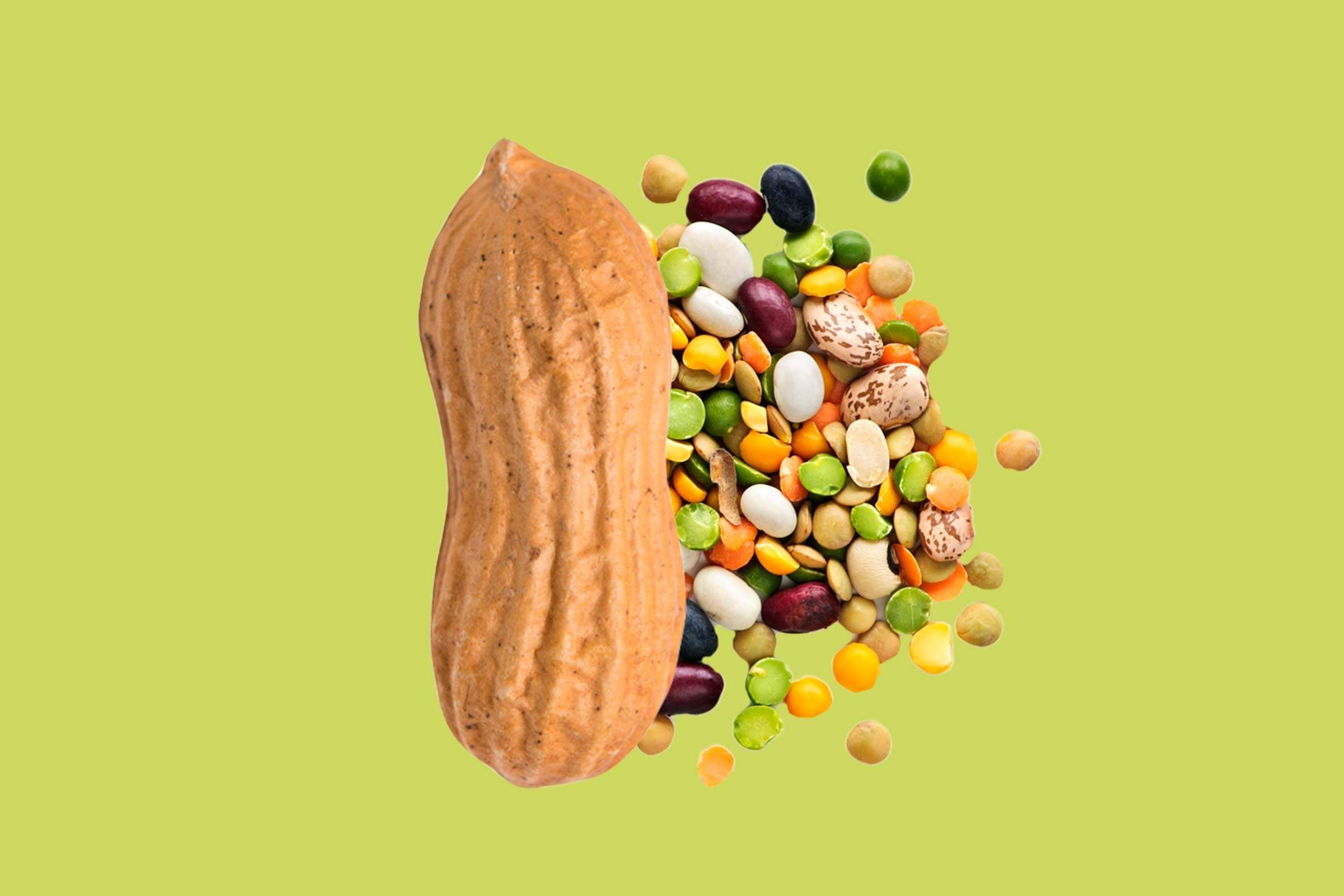Fact: Peanuts aren’t technically nuts
They’re legumes. According to Merriam-Webster, a nut is only a nut if it’s “a hard-shelled dry fruit or seed with a separable rind or shell and interior kernel.” That means walnuts, almonds, cashews, and pistachios aren’t nuts either. They’re seeds.
If a tasty bag of peanuts is one of your favorite go-to items for a healthier snack, take note: That's actually not a nut you're munching on. While they sport the "nut" name, peanuts are actually a legume, making them a member of the family of plant-based items that includes lentils, beans and soybeans.
True to the legume family, a peanut is composed of an edible seed that grows inside a pod. One reason you may not readily associate peanuts with those more familiar legumes is that you don't eat the peanut's dry and brittle pod, like you do with many legumes -- the green bean, for instance.

It’s no lie that people are nuts about nuts—and for good reason, too. These tiny-but-mighty snacks pack a huge punch, helping you fight heart disease and boost your brainpower. And we’re willing to bet that you probably reach for peanuts when your tummy rumbles. As a matter of fact, the average American eats three pounds of peanut butter a year, according to the Texas Peanut Board.
That said, there’s nothing wrong with having a low-key passion for peanuts. They literally have the word “nut” in them, so there’s nothing to fear… right? Not so fast. Turns out, peanuts have been masquerading as nuts this whole time.
If you want to get technical about it, peanuts are actually considered legumes. While real nuts grow on trees, peanuts grow in pods that mature underground; other types of legumes, such as lentils and peas, also grow beneath the surface. Additional nut frauds include cashews, walnuts, pistachios, and almonds. Botanically speaking, they are classified as seeds of the trees (or fruits!) they grow on.
Pecans and hazelnuts, on the other hand, are considered bonafide nuts. They also grow on trees, but unlike pistachios or almonds—which grow in small bunches—pecans and hazelnuts contain only one nut surrounded by a hard shell.
Still, you can rest assured that calling these imposters “nuts” isn’t necessarily wrong in every context. “While their physical structure and nutritional benefits more closely resemble that of other legumes, their use in diets and cuisines more closely resembles that of nuts,” The Peanut Institute writes.
And that shouldn’t stop you from chowing down on these nutritional superstars, either. So, what are you waiting for? Reach for a handful of the healthiest nuts you can eat.

Comments
Post a Comment